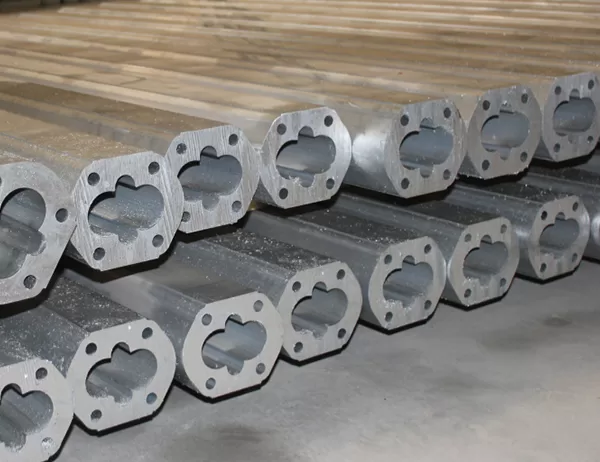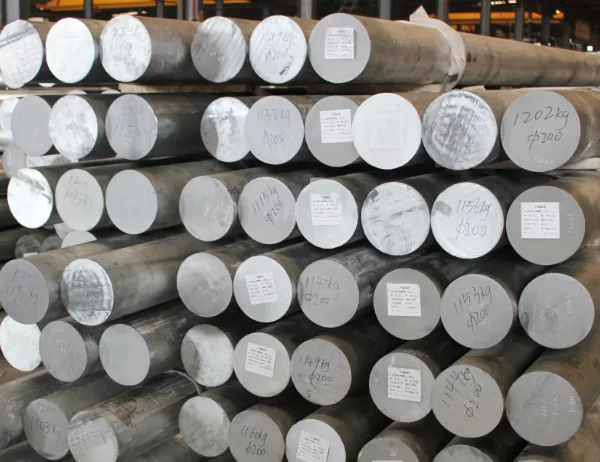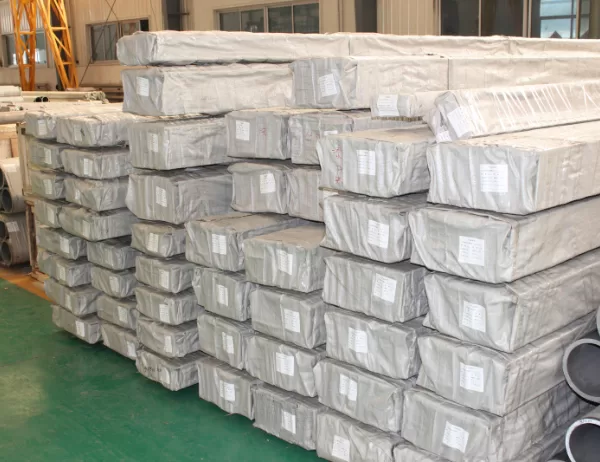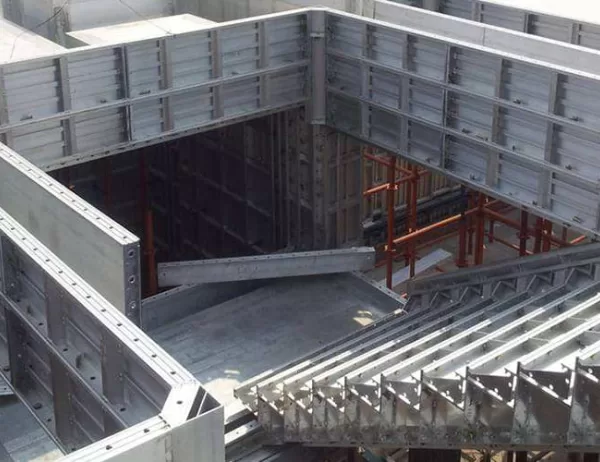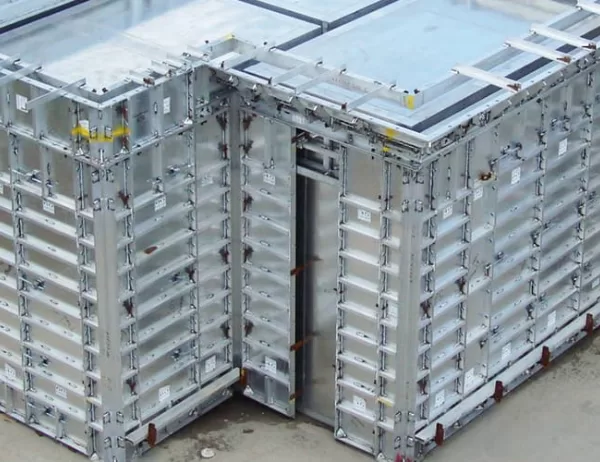Anodised Aluminium Sheets: A Contemporary Choice for Exterior Building Cladding
Anodised aluminium sheets have emerged as a sought-after choice for exterior building cladding, offering an array of benefits that enhance both aesthetics and functionality. This article delves into the various aspects of anodised aluminium sheets in this context, showcasing their versatility and performance.
Durability and Corrosion Resistance
Anodised aluminium sheets possess exceptional durability, thanks to the anodization process that forms a protective oxide layer on the aluminium surface. This layer shields the metal from corrosion, weathering, and environmental stresses, ensuring a long lifespan of the cladding system.
Aesthetic Versatility
Anodised aluminium sheets offer unparalleled aesthetic versatility, available in a wide spectrum of colours and finishes. The anodization process can create a range of effects, including smooth, textured, or patterned surfaces. This flexibility allows architects to achieve a desired visual impact, complementing or contrasting with the overall building design.
Lightweight and Formability
Aluminium is a lightweight material, making anodised aluminium sheets easy to handle and install. Their high formability allows for complex shapes and contours to be effortlessly achieved. This opens up possibilities for intricate designs and architectural features that add character and distinction to a building.
Fire Resistance and Thermal Insulation
Anodised aluminium sheets contribute to building safety by being non-combustible and fire-resistant. Additionally, the oxide layer acts as a thermal insulator, enhancing a building’s energy efficiency. This can lead to significant cost savings on heating and cooling, making anodised aluminium cladding a sustainable choice.
Low Maintenance and Cleaning
Anodised aluminium sheets are low maintenance and easy to clean. Their smooth surfaces prevent dirt and grime accumulation, ensuring a clean and polished appearance over time. Routine cleaning with water or mild soap solutions is sufficient to maintain their pristine condition.
Sustainability and Environmental Impact
Aluminium is a recyclable material, and anodised aluminium sheets further enhance the sustainability factor by consuming minimal energy during production. The anodization process also eliminates the use of harmful chemicals, making it an environmentally friendly cladding option.
Conclusion
Anodised aluminium sheets are a superior choice for exterior building cladding, combining durability, aesthetics, functionality, and sustainability. Their versatility allows for tailored designs, while their ease of maintenance and low environmental impact make them a sensible investment. As the construction industry embraces innovative and sustainable materials, anodised aluminium sheets are poised to continue their prominence as a preferred cladding solution.
